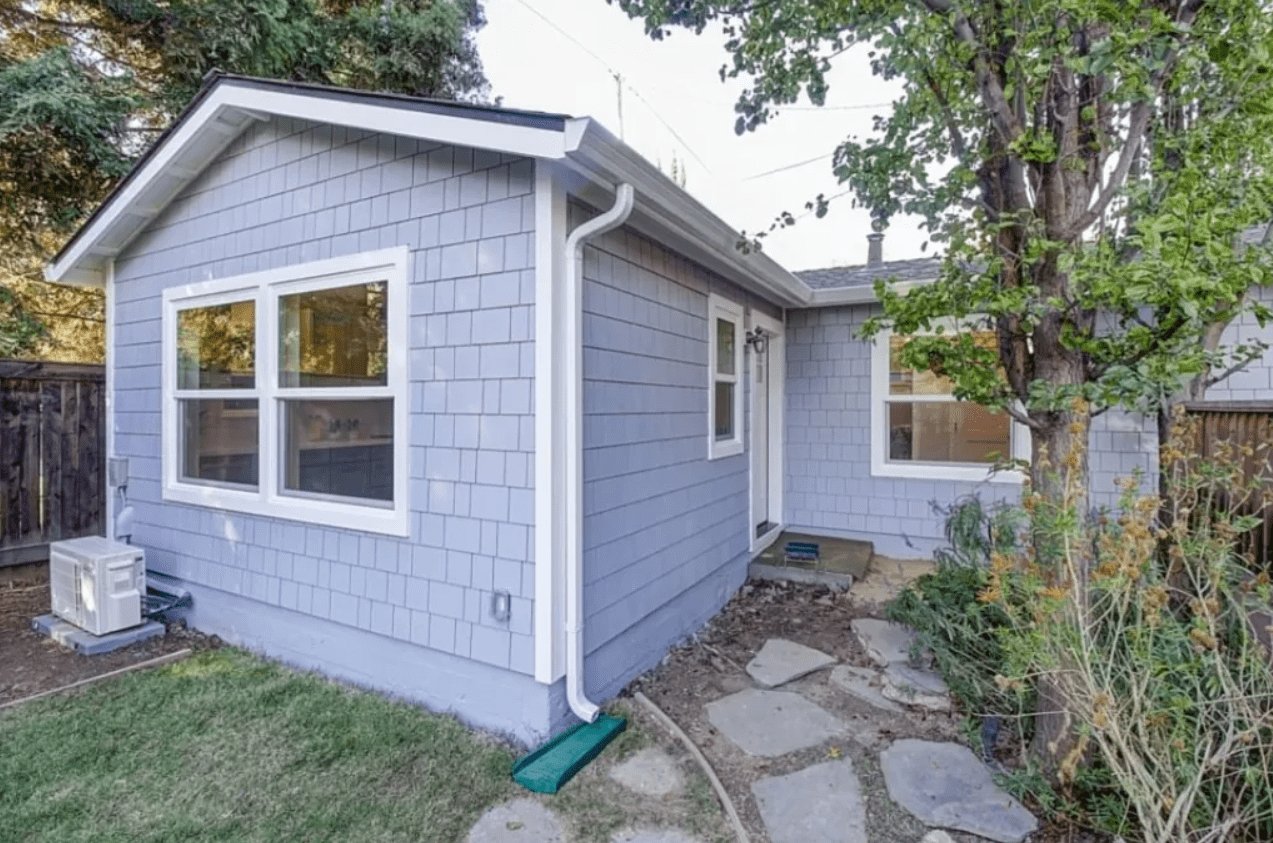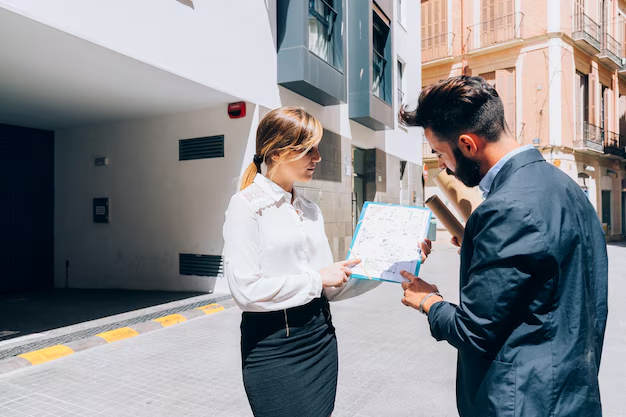A granny flat, also known as a secondary dwelling or backyard apartment, is becoming an increasingly popular solution for homeowners looking to maximize space, earn rental income, or create a multi-generational living arrangement. But the question remains: is building a granny flat worth the investment?
In this blog, we’ll take a closer look at the costs involved in building a granny flat, what factors can affect its value, and how Granny Flat Solutions might help you make the right decision. Whether you’re looking to create extra living space for your family, rent out your granny flat for passive income, or enhance the resale value of your property, understanding the financial breakdown will be crucial.
What Exactly Is a Granny Flat?
A granny flat is a self-contained living space typically located on the same property as a primary home. These units can range from small studios to two-bedroom apartments, with amenities like a kitchen, bathroom, and separate entrance. Granny flats are designed to offer independence while maintaining proximity to the main home, making them an ideal solution for aging relatives, adult children, or tenants.
Granny Flat Solutions: The Benefits and Potential
Before diving into costs, let’s first understand the Granny Flat Solutions and what they can offer:
- Increased Property Value: A well-designed granny flat can significantly increase the value of your property, especially in areas where housing is in high demand. Potential buyers may be attracted to the additional income-generating option.
- Rental Income: Renting out your granny flat is one of the most common ways to recoup your investment. With the right location, you can expect to generate passive income that can offset construction costs.
- Multigenerational Living: A granny flat provides a perfect solution for multigenerational households who want to stay close to family while maintaining independence.
Granny Flat Investment: Understanding the Costs
Building a granny flat is not a small investment. The cost varies significantly based on several factors, including size, design, location, and whether you hire professionals or take a DIY approach. Let’s break down the average costs involved:
Land Preparation and Site Costs
Before construction begins, you may need to prepare the land. This can include clearing vegetation, leveling the ground, and connecting utilities. The cost of land preparation will depend on the condition of your property and can range from $2,000 to $10,000. Granny Flat Solutions can help you plan the right approach for site preparation, depending on the terrain and local regulations.
Design and Planning Fees
Design fees typically range between $1,000 and $3,000, depending on the complexity of the project. Architects or designers will help you create a layout that maximizes space and meets zoning laws and building codes. If you prefer a more basic design, you might be able to reduce this cost by opting for pre-designed plans offered by companies specializing in Granny Flat Solutions.
Construction Costs
Construction is the largest portion of the expense. On average, building a granny flat costs between $100,000 to $150,000, but this varies depending on the size, location, and materials used.
Here’s a general breakdown of granny flat prices based on different types of granny flats:
- Studio or One-Bedroom Flat: $100,000 – $120,000
- Two-Bedroom Granny Flat: $120,000 – $150,000
- Luxury or Custom Granny Flats: $150,000 – $250,000+
This price range includes labor costs, materials, and installation of essential utilities. Keep in mind that your location’s building regulations, land zoning, and council fees may impact the overall construction costs.
Permits and Approvals
Building a granny flat typically requires permits and approvals from your local council. Permit fees can range from $1,000 to $5,000, depending on the size of the project and the complexity of the approval process. It’s essential to consult with Granny Flat Solutions experts to ensure all necessary permits are obtained to avoid costly delays.
Additional Costs to Consider
In addition to the main construction costs, there are other considerations:
- Landscaping: You may need to budget for landscaping, including paving, fencing, or garden installation. This could add another $3,000 to $10,000 depending on the design.
- Furnishing and Interior Design: If you’re renting out your granny flat, you’ll want to furnish it attractively to maximize its appeal. This could range from $5,000 to $15,000, depending on the level of furnishings you choose.
- Ongoing Maintenance: Like any property, your granny flat will require regular maintenance. Set aside a budget for future repairs, upkeep, and potential upgrades.
Maximizing ROI: How to Make Your Granny Flat a Smart Investment
So, with all these costs, is building a granny flat worth it? To maximize your return on investment (ROI), consider these tips:
- Research Local Rental Demand: Before building, research the rental market in your area. If you plan to rent out your granny flat, ensure there is strong demand for affordable, independent living spaces.
- Energy Efficiency: Built with energy-efficient materials and appliances. Not only does this reduce utility costs for tenants, but it’s also attractive to eco-conscious renters.
- Design for Versatility: A flexible design that can easily be converted into a separate unit or a home office increases the attractiveness of your granny flat.
- Invest in Quality: While cutting corners might seem like a good idea to save money, investing in quality materials will increase the longevity of your granny flat, reducing maintenance costs in the long run.
Granny Flat Solutions: What to Look for in a Builder
Choosing the right builder is crucial to the success of your project. When searching for Granny Flat Solutions, consider the following factors:
- Experience: Look for a builder with a strong portfolio of completed granny flat projects.
- Customer Reviews: Check reviews and testimonials from previous clients to gauge satisfaction.
- Cost Transparency: Ensure the builder provides a detailed breakdown of all costs involved.
- Design Flexibility: Find a builder who offers a range of design options to suit your needs and budget.
Final Thoughts: Is It Worth the Investment?
Building a granny flat can be a significant investment, but for many homeowners, it proves to be a rewarding decision. Not only can it increase your property value, but it also offers the potential for rental income or a long-term solution for family members.
By carefully considering the Granny Flat Solutions that suit your needs, understanding the costs, and planning for the future, you can make an informed decision. Whether you’re building for personal use or as a rental property, a granny flat can be a smart investment that adds both financial and emotional value to your home.


